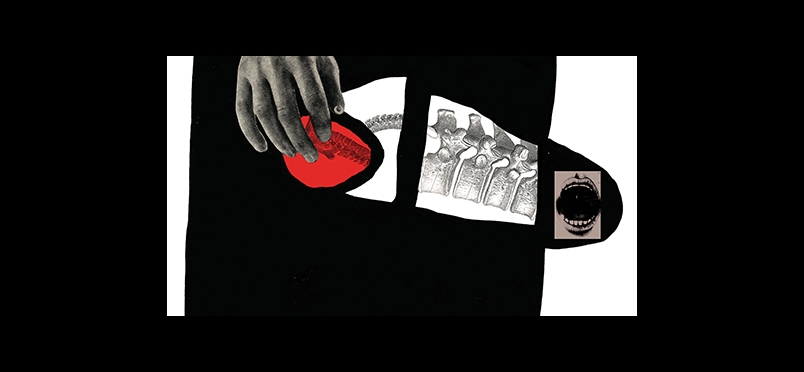| back pain
Back Pain Rehabilitation Strategies

A Back Pain and Therapy Article by PW Faculty Dr. Pergolizzi
In a new Pain and Therapy journal article written by PAINWeek faculty member Joseph V. Pergolizzi, Jr, he discusses the prevalence of low back pain and how to halt its transition to chronic back pain. Dr. Pergolizzi looks at physical therapy, exercise, cognitive behavioral therapy, and other nonpharmacologic treatments.
Be sure to look for Dr. Pergolizzi’s article in the next PWJ—PAINWeek Journal, in September. In addition, Dr. Pergolizzi will be at the PAINWeek Live Virtual Conference, September 11-3. Register here!
Abstract: Low back pain (LBP) is prevalent and may transition into chronic LBP (cLBP) with associated reduced quality of life, pain, and disability. Because cLBP affects a heterogenous population, rehabilitation efforts must be individualized to meet the needs of various patient populations as well as individuals. This narrative review evaluated the many approaches to LBP rehabilitation including treatment-based classifications and specific types of rehabilitation efforts from exercise and physical therapy to spinal manipulation and bracing. Clinicians caring for patients with LBP or cLBP must be aware of the various options to find the right treatment course for each patient. In many cases, with proper patient expectations and care, nonpharmacological options may suffice to manage cLBP. While there is a rightful role for analgesics in the management of LBP, nonpharmacological options should be seriously considered, as they can play an important and health-sustaining role in patient management.
Low back pain (LBP) is so prevalent globally that most people will experience at least one episode of it over their lifetime. The 1-year incidence of first-ever LBP has been estimated to be between 6.3 and 15.4%, and the 1-year incidence of any episode of LBP range from 1.5 to 36% [1]. The majority of people who experience activity-limiting LBP have recurrences. The first incidence of LBP occurs most frequently in the third decade of life and prevalence increases until 65 years, whereupon the rate decreases [1].
Tertiary prevention of LBP aims at reducing the negative impact of pain, disability, and functional loss through rehabilitation [2]. The main goals of rehabilitation for LBP patients are to control pain, restore function, assure no future functional deficits occur, preserve employment and productivity, and in the case of acute LBP to prevent chronification [2]. The great challenge in LBP rehabilitation is the broad, heterogeneous population it affects, making it impossible to arrive at any basic general rehabilitation care paradigms that would apply to all or even most LBP subpopulations [3]. Numerous biological factors contribute to LBP, ranging from injury (disk herniation, trauma), structural deficits (spinal deformities), age- or occupation-related changes (nerve root compression, spinal stenosis), and even indirect biological factors such as obesity [4, 5], but psychological and social factors may play an unexpectedly large role in LBP in some patients. These factors include low educational status, stress, depression, anxiety, dissatisfaction with a job or work situation, and poor
Access the full, free journal article.
Other Categories:
Did you enjoy this article?
Subscribe to the PAINWeek Newsletter
and get our latest articles and more direct to your inbox
